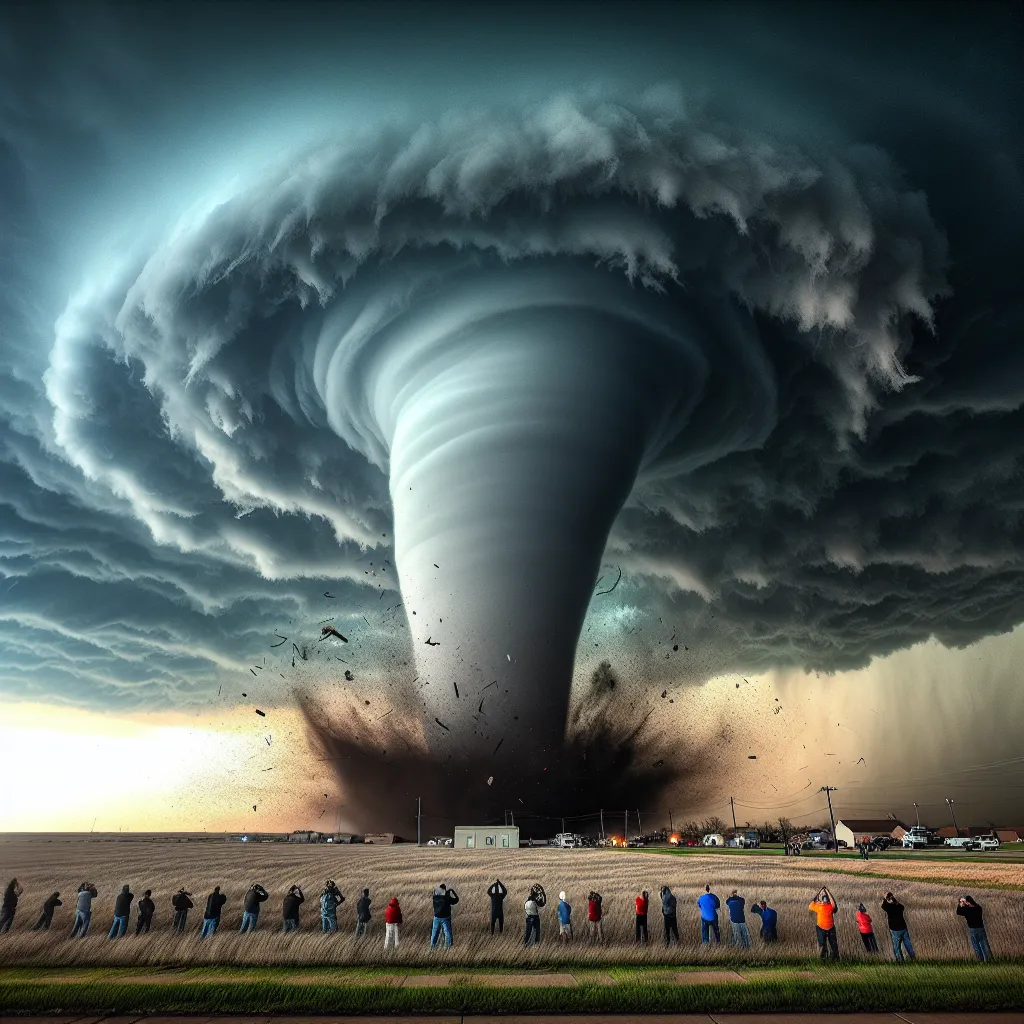On the sunny afternoon of May 20, 2013, a powerful tornado tore across Oklahoma, USA. Considered a monster, this mile-wide twister wreaked havoc on communities, leaving a path of destruction that would be remembered for years. I flew to the Midwest to report on what many—including myself—had primarily seen on television screens. Amidst piles of debris, there were personal belongings like clothing and ornaments, poignant reminders of lives abruptly changed or lost.
Around mid-afternoon near Oklahoma City, retired school teacher Charles Cook was testing a new camera by filming gathering storm clouds. Traveling along Highway 37 from west to east, he noticed a menacing wall cloud forming in the south. Capturing a rare weather phenomenon, Charles witnessed the first moments of this historic tornado. Debris began swirling as the funnel dipped down, retreated, and then decisively touched ground. Charles found himself astonished at the sheer size of the tornado, realizing he needed to move away from the nearby power lines.
Meanwhile, scientists at the National Severe Storms Laboratory were monitoring the tornado on their radar screens. They quickly recognized the storm’s potential for deadly destruction. As the vast rotating column gained attention, storm chasers from all over Oklahoma flocked to track its progress. The massive tornado grew from a quarter-mile to a mile wide, compelling many to stress the urgency of taking shelter.
By 3 PM, the tornado was barreling through open countryside, approaching the town of Moore with alarming speed and ferocity. Each passing minute saw it grow in size and speed, transforming from a dangerous funnel into a catastrophic force. The small town of Moore was about to face one of the most significant natural disasters in its history.






